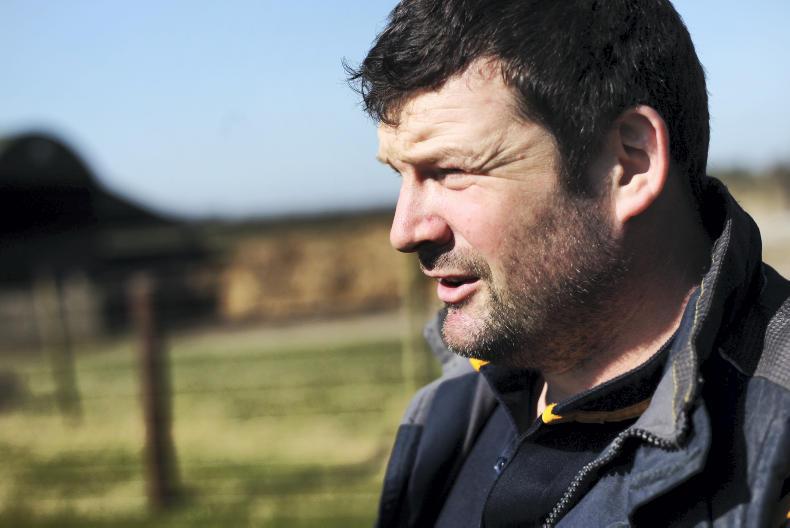January has passed us by in the blink of an eye, helped in the most part by the weather. It seems to have flown also in part due to the fact that we managed to get away for a holiday in the snow. While I don’t relish this weather when I have to work, I do love skiing. The children made great progress in lessons and Alison is slowly improving (her own words, not mine).
This time of the year can often be easier to get away than during the summer. It is important to factor in time away from the farm and to try to have a work-life balance. I know that I find it hard to switch off from the job unless I am away from it, because at home I always have a list of jobs that I should be doing.
The weather last month has also helped with grass covers across the farm. I hope to start taking grass measurements on a more regular basis this month. I have also taken the opportunity of the good ground conditions to get some slurry spread on the farm from a neighbouring pig unit. This was targeted at fields with a need for extra P and K from the latest soil samples taken. I plan to start spreading urea on a phased basis across the farm, starting with the fields that I will be planning on getting stock out to first. I will be spreading three-quarters of a bag per acre from the second week of February, all depending on the weather.
Booster
We have started to administer the clostridial booster to the mature ewes. This is also done on a phased basis, according to when the ewes are due to lamb. Ideally, they should be done four to six weeks out from due date to give enough time for the ewes to produce the antibodies sufficient for passive immunisation of lambs through colostrum. I plan on cleaning out some of the pens in the shed as the ewes come out of them to get their treatments. Also, as the ewes are going through the handling unit, we will put them through the footbath. Any ewes that are lame will be marked and treated. I will move all these ewes into a different pen so as to help reduce exposure to the other ewes in the shed.
Any ewes that are still lame after lambing will be run separately until recovered – those that don’t will be removed from the system. I will also take the opportunity to identify ewes that are not in optimum body condition and pen them together to receive extra feeding to prevent any additional losses in body condition prior to lambing. At present, only the ewes carrying three or more lambs are receiving meal. These will be built up gradually over the coming weeks to approximately 1kg of meal per head by the time of lambing.
As usual it is divided into two feeds per day once feeding levels go over 0.5kg/head to reduce any chance of digestive upset in the ewes. The twins and singles in good body condition will be fed 200g/head of soya bean meal along with the best of the silage (75DMD+). This should provide the singles with sufficient levels of protein to have enough milk to rear foster lambs. This in return will reduce my workload in rearing pet lambs.






 This is a subscriber-only article
This is a subscriber-only article










SHARING OPTIONS: